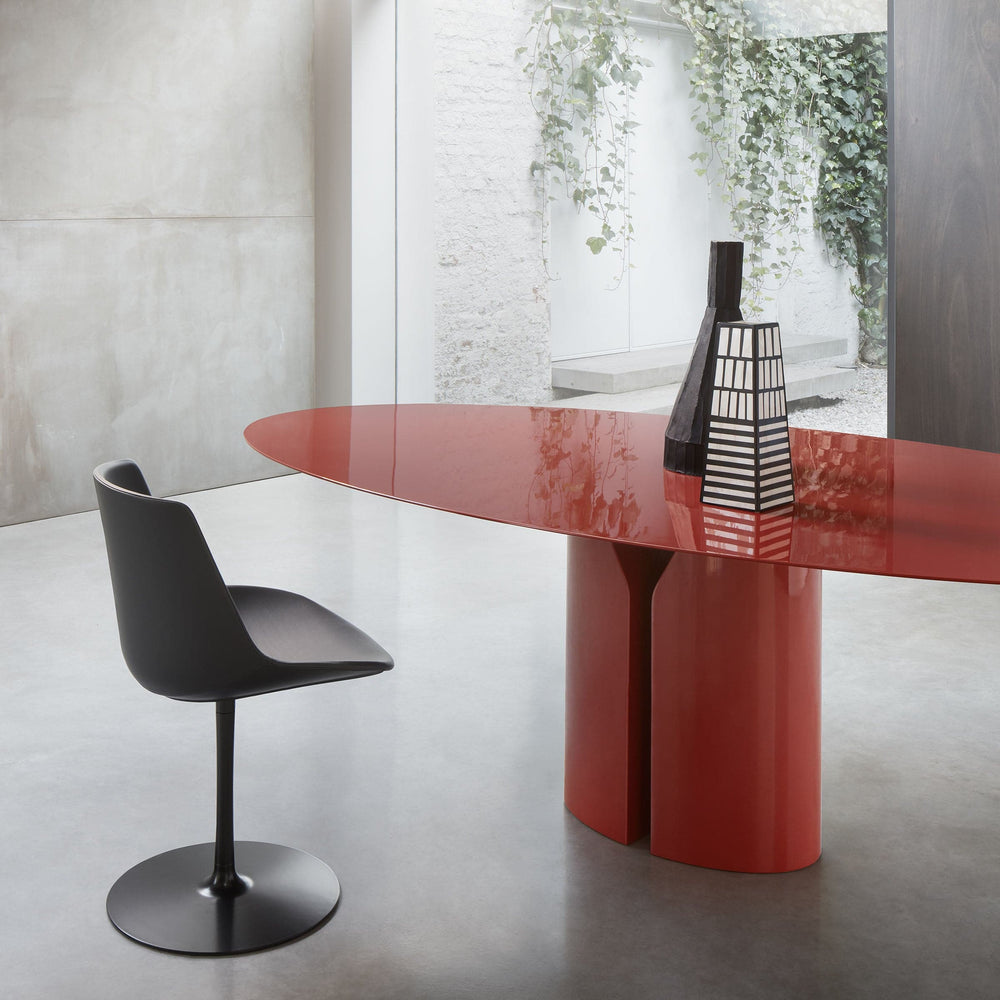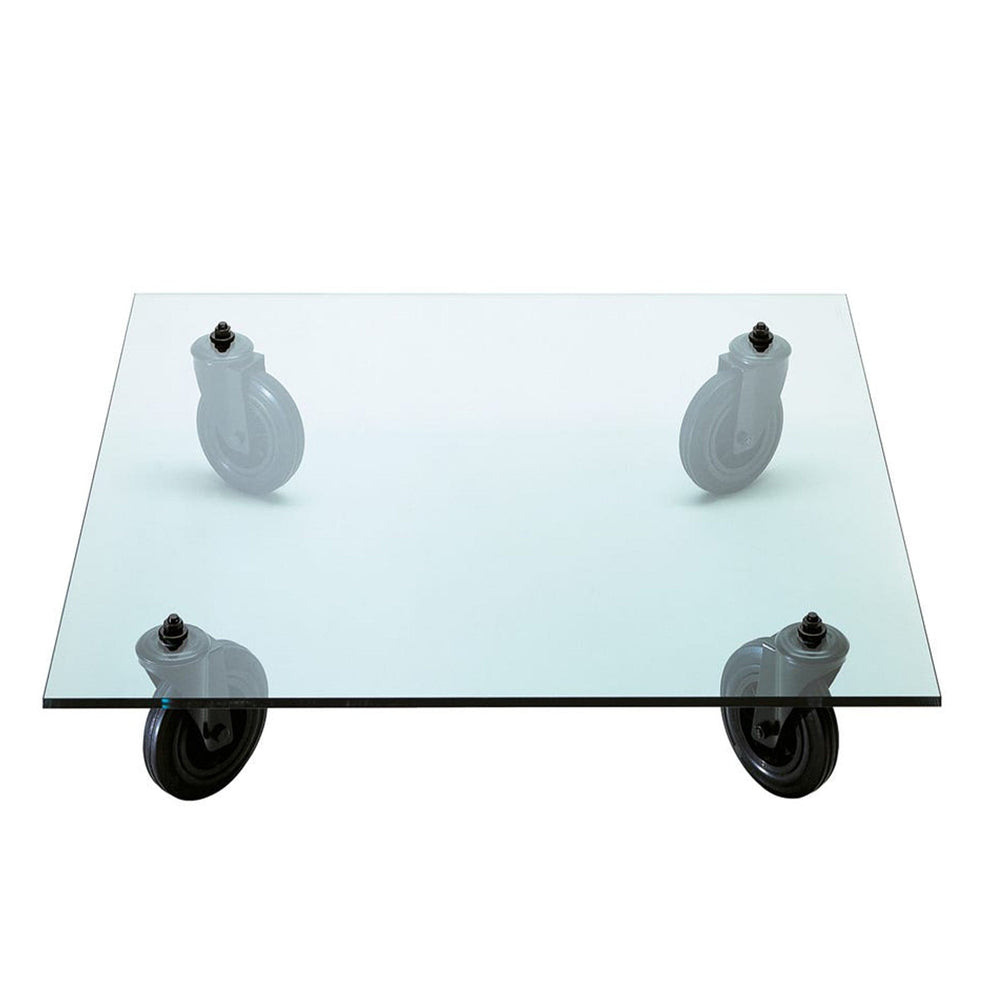DESIGN ITALY EDITORIAL von Ranieri: Der Keramiksektor
Wenn sich die Bauindustrie erholt, erholt sich auch die Keramikbranche. Aber wir brauchen Hilfe vom Staat
Der Vergleich zwischen dem Gesamtumsatz des Keramiksektors in Italien im Jahr 2020 und 2019 endete mit einem Minus von 4 % auf Jahresbasis. Ein Rückgang zwar, aber ein leichter, vor allem dank der Exportdynamik, bei der das Label „Made in Italy“ weiterhin Früchte trägt. Dies liegt daran, dass insbesondere die Daten zu Italien den deutlichsten Rückgang erlitten haben (-12 % im Vergleich zum Vorjahr), während die Verkäufe im Ausland den Schaden begrenzten, indem sie das Jahr 2020 mit einem Verlust von nur 2 Prozentpunkten abschlossen. Die Messung des Umsatzes in Quadratmetern macht die Idee noch deutlicher: Im Jahr 2020 wurden 16 Millionen Quadratmeter Fliesen weniger verkauft als im Vorjahr (391 Millionen Quadratmeter im Vergleich zu 407 im Jahr 2019), mit einem Verlust von 10 Millionen in Italien und 6 Millionen weltweit. Noch gemischter fällt die Analyse der Umsätze auf dem internationalen Markt aus: Während einerseits die entwickelten Länder Westeuropa und die Vereinigten Staaten einen relativ stabilen Trend oder zumindest eine begrenzte Verlangsamung aufweisen, andererseits Lateinamerika (- 30 % pro Jahr), Nordafrika und der Nahe Osten (10-12 %) belasten das Gesamtgeschäftsvolumen.
Das Sprungbrett, während wir aus der Pandemie hervorgehen, konzentriert sich nun auf das gesetzgeberische Umfeld. Oder besser gesagt, Regulierung, insbesondere in Italien, wo es rund 20.000 Arbeitnehmer und fast 150 über das ganze Land verteilte Unternehmen gibt, mit einigen international anerkannten hochspezialisierten Zentren wie Orvieto, Deruta, Vietri, Caltagirone und Grottaglie. Aber es gibt einen gemeinsamen Nenner zwischen den größten und aufstrebenden Akteuren der Branche: Alle Augen sind auf die prognostizierte Beschleunigung der Bauindustrie in Italien gerichtet, sowohl im Zuge einer allgemeinen Verbesserung der wirtschaftlichen Bedingungen als auch dank der 110 %-Superbonus für die Gebäudesanierung, ein möglicher Treiber für den Neustart des gesamten Sektors.
















